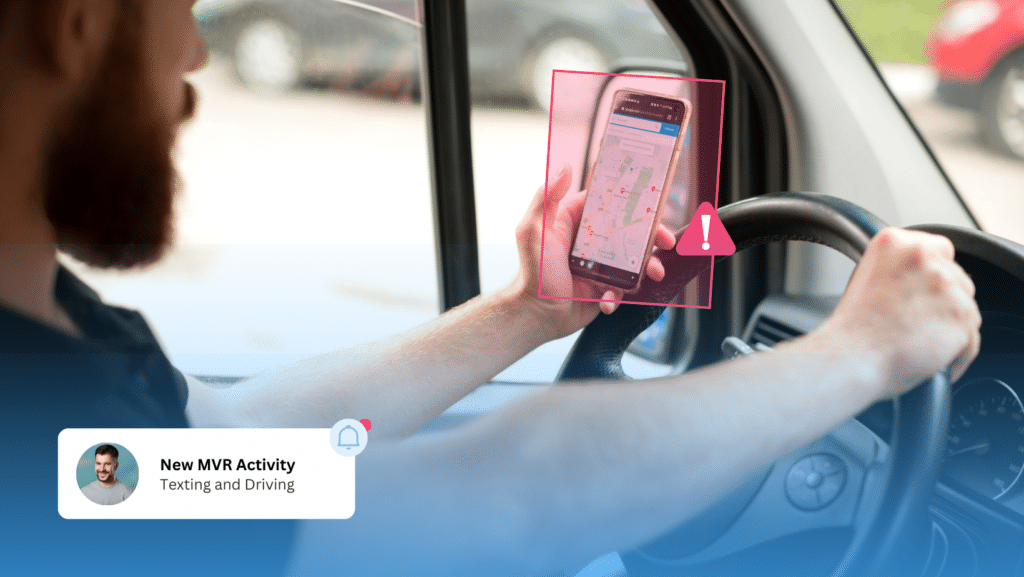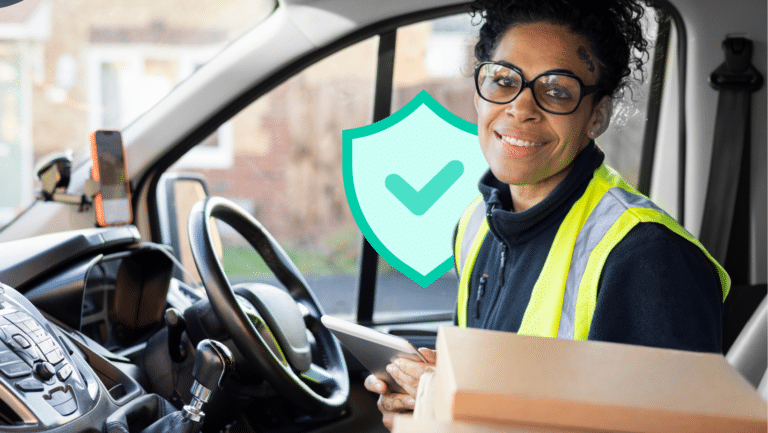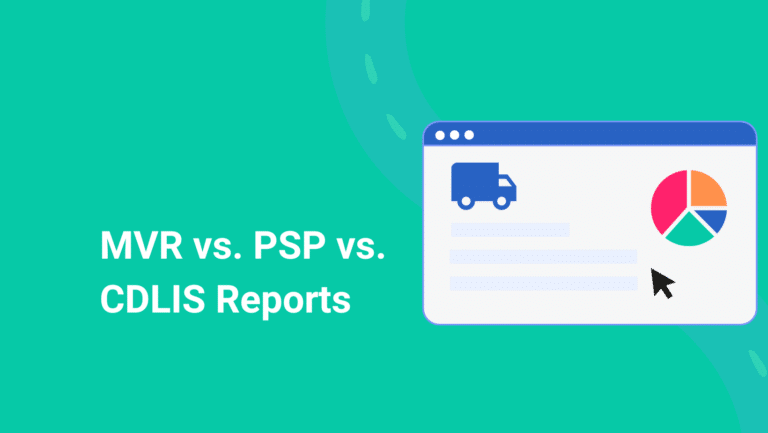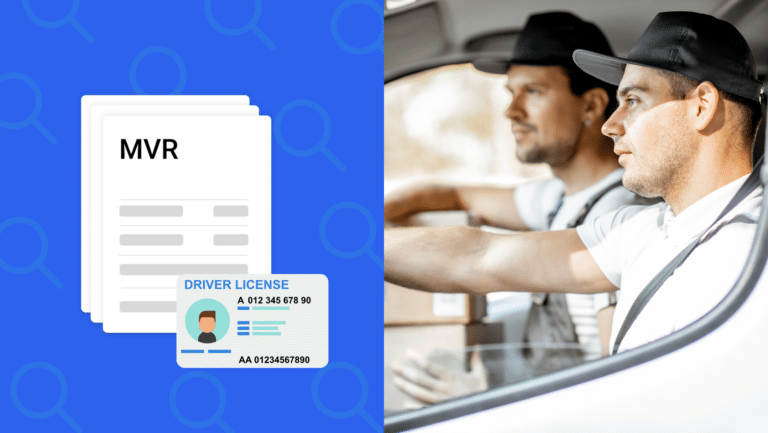Creating a Distracted Driving Policy [+Free Sample]

We see it every day, drivers glancing at their phones, eating behind the wheel, or getting distracted by passengers. All it takes is a second of inattention to cause a serious crash.
Distracted driving continues to be an epidemic, responsible for 1 in 5 accidents every day. Having a formal policy isn’t just a best practice; it’s how you protect your employees, limit liability, and stay compliant with safety standards.
Let’s explore why having a distracted driving policy is critical and what key elements it should include.
Why You Need a Distracted Driving Policy
With the rise of mobile devices, in-vehicle technology, and other distractions, drivers are more vulnerable than ever to losing focus on the road. From texting and browsing to GPS navigation, these distractions divide attention and significantly increase the risk of accidents.
In July 2024, a FedEx driver caused a fatal crash on the Pennsylvania Turnpike. The incident resulted in the deaths of one adult and two children. Investigators found that the driver was using his phone up to the moment of the collision.
Implementing a comprehensive driving policy is the first step toward ensuring safe driving practices, reducing accidents, and protecting your team and everyone on the road. A distracted driving policy must provide clear guidance to employees, outlining expectations and rules to follow.
To drive real results, your distracted driving policy must be part of a larger strategy that includes consistent driver monitoring, ongoing training tailored to risky behaviors, and firm enforcement when violations occur. Without accountability, even the best-written policies lose their power.
Key Elements of Distracted Driving Policy & Sample
When creating a distracted driving policy, consider the following essential elements:
- Prohibited Activities – Outline what is not allowed, such as texting, talking on the phone, eating, or using in-car entertainment.
- Consequences for Violations – Define disciplinary actions for non-compliance, such as warnings, fines, or termination for repeated offenses.
- Hands-Free Requirements – If phone use is necessary, mandate hands-free technology and voice commands.
- Driver Responsibility – Emphasize that drivers must focus solely on the road and avoid multitasking.
- Training & Awareness – Provide regular education on the dangers of distracted driving and how to avoid it.
If you’re looking to create or improve your company’s distracted driving policy, here’s a short version to help guide your efforts:
[Company Name] Distracted Driving Policy
At [Company Name], we are committed to ensuring the safety of our employees. Our distracted driving policy includes the following guidelines:
- No handheld or hands-free mobile device use while driving.
- Activate the “Do Not Disturb” feature on smartphones and other mobile devices.
- Pull over safely for calls or texts by stopping in a safe area and putting the vehicle in “Park.”
- Inform clients and associates about the policy to explain why responses may be delayed.
- Program GPS, music, or infotainment systems before driving.
- Avoid all distractions, such as eating, drinking, or reading while driving.
- Violations will result in disciplinary action, including driver training or termination.
This policy applies to all employees operating company or personal vehicles for work purposes to promote safety and reduce distractions on the road.
Download The Complete Distracted Driving Policy Template

Using Technology to Spot Distracted Driving
Distracted driving is one of the biggest threats to fleets today. The good news is that technology can help spot and reduce distracted driving incidents by monitoring driver behavior in real-time and letting managers step in before a small distraction turns into a big problem.
Phone blocking technology, for example, can stop drivers from using their mobile devices while driving, removing one of the most common distractions. In-cab cameras can capture footage of any risky behavior, like texting or eating behind the wheel, allowing managers to take immediate corrective action. While, MVR Monitoring can help keep an eye on driver records, flagging drivers with violations such as speeding or running a red light that could indicate a pattern of dangerous driving.
Read more: How can MVR Monitoring help detect distracted driving
By combining these technologies with a strong distracted driving policy, fleets can proactively address risks, identify high-risk drivers, and prevent incidents before they happen.

Learn more about how MVR Monitoring can help mitigate driver risk and ensure safety and compliance. Book a demo
*We are not lawyers. Consult with your legal counsel to ensure your processes and procedures meet/ or exceed safety standards and compliance regulations. Please read our legal disclaimer.






